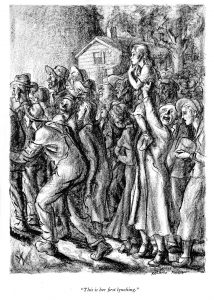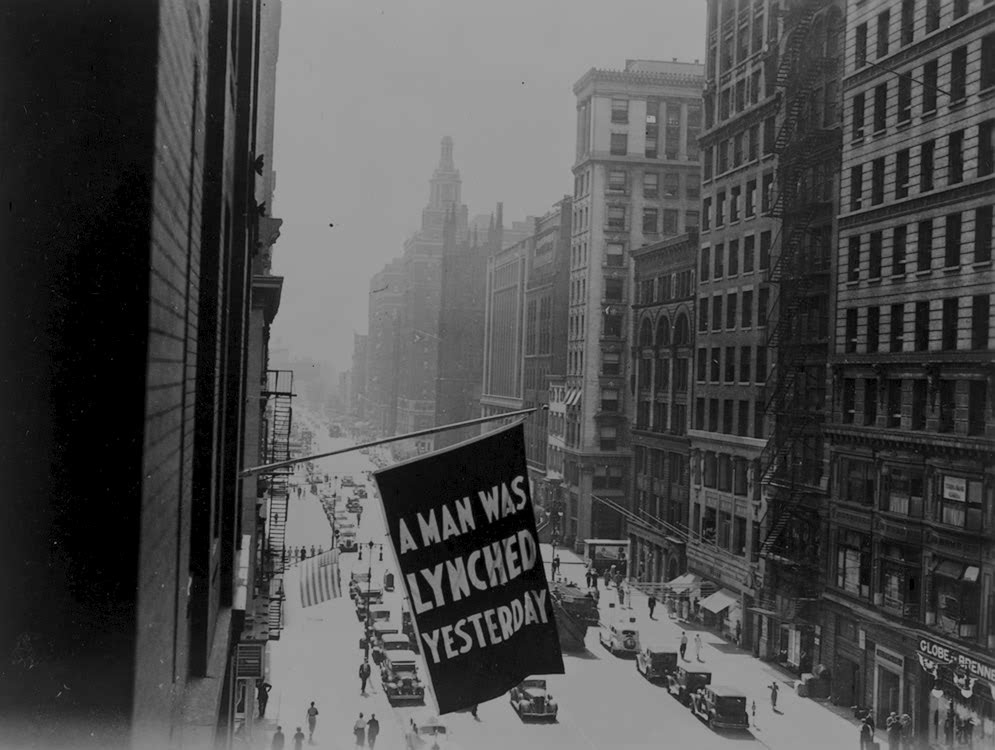
Ehrenhaus will study lynching photography as part of his research. Marsh, 1934
It’s a topic that’s made headlines and turned heads, worried mothers and concerned our citizens: police brutality and the racial tones underlying it. During his sabbatical this academic year, Professor of Communication Peter Ehrenhaus will turn a magnifying glass on violence toward African-Americans during his work on a co-authored book project.
Ehrenhaus will study cases where whiteness lashes out at blackness, both out of fear and as a means of attempting to control blackness.
Ehrenhaus will be listed as first author on this book project, with A. Susan Owen, professor of communication studies and African-American studies at the University of Puget Sound as second. Their book’s working title, White Terror, is meant to characterize the double-bind underlying historical black-white relations of power. Though social conditions change through time, the cycle of fear, repression, resistance and retributive violence of these relations of power continue.
“We are all aware that in the past few years there has been high-visibility news of white police shooting black men, and those police officers are defending themselves by saying they are ‘frightened for their lives,’” Ehrenhaus said.
As a communication-centered project, he will focus on verbal and visual case studies, including reports of slave uprisings in colonial times, lithographs of slave revolts, lynching photography, coverage of the Freedom Summer murders, and contemporary film representations of resistance and repression. The project will weave together different moments in time, where moments of white terror, black resistance and violence against African-Americans went hand in hand.
Ehrenhaus will remain in Tacoma as he compiles the research for this book. He is hoping to have it reach a broad public audience, both inside and outside of academia, when he finishes.
By Genny Boots ’18

